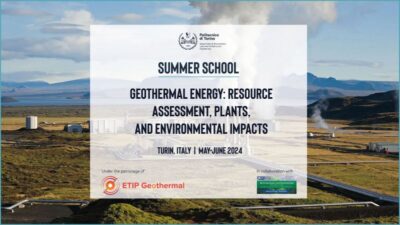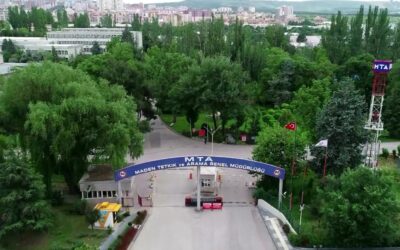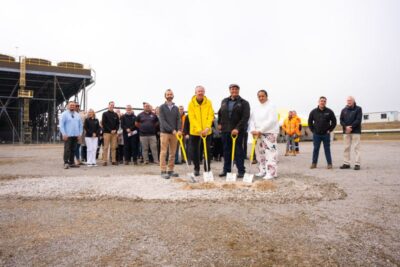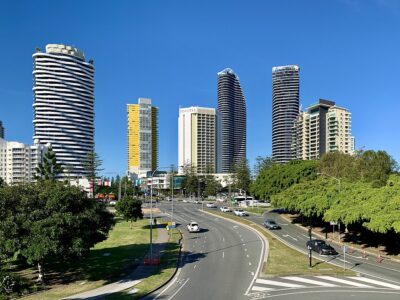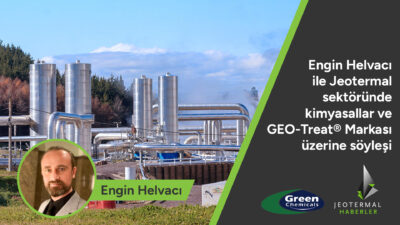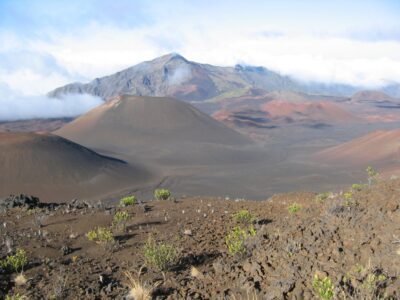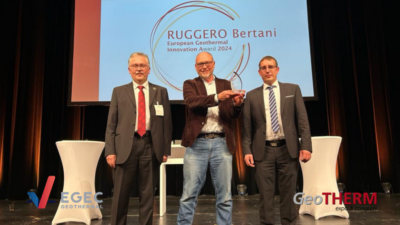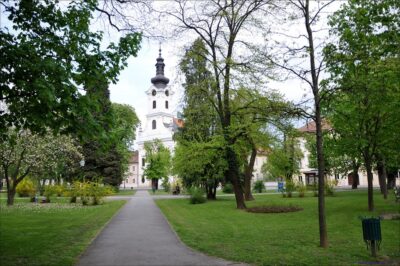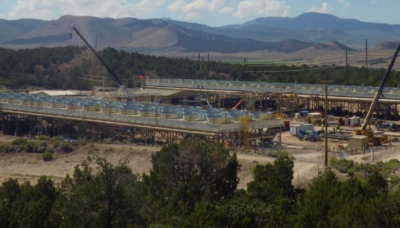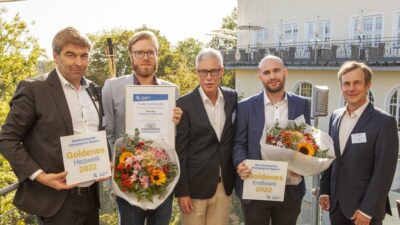Despite stagnant growth, U.S. invests in technology development
In a guest post it is argued that while geothermal energy is not growing in the U.S., but that there still is a lot of technological development that could be applied across the globe and help grow geothermal globally.
In a guest post Daniel Fleischmann of Mountain Man Alternative Energy Consulting, he makes the point that “geothermal energy in the U.S. isn’t growing, but that [this] maybe not what’s important.” The following is his article.
On August 5th, it was noted on Think Geo Energy in the article “IEA reports on renewable energy growth – low growth rates for geothermal” that geothermal energy is not growing like solar and wind energy. This is true, but is it concerning?
As an example, let’s take a look at the United States.
In all likelihood the U.S. geothermal industry will not exceed its record generation of 1993 any time soon. That year 16.79 terra-watt hours were generated from geothermal energy in the U.S. 1993 was the year that the Puna Geothermal Venture came online in Hawaii. It was after the primary build out of the Imperial Valley/Salton Sea plants and at Coso Junction in California. It was after the last of Nevada’s PURPA-era contracted plants were completed. The last group of new plants installed at The Geyers field in California began operation in 1989.
By 1993, production was declining at The Geysers due to overproduction and a lack of recharge. But all the new plants in other fields were enough to reach record production that year in the U.S. By 1995, total U.S. generation declined by 20% from the 1993 high. 1995 had the lowest generation total of any year since 1993. This drop was due almost entirely to The Geysers. Production stabilized in the years that followed after lower production forced some plants in the Geysers field to close and California came out of a drought when heavy rainfall increased recharge into the steam reservoirs.
22 years later, the U.S. came very close to matching 1993 when 16.74 terra-watt hours were generated in 2015. 2016 and 2017 look like they will be in the same range (16.5-16.7 terra-watt hours). But this is only after a decade long boom period (2005-2015) added over 25 new plants to the electric grid.
This boom period wasn’t like the first. During the late 1980s, nearly all of the largest known geothermal fields in the country were developed. The only exceptions were locations close to National Parks or areas that were later designated off-limits to development (Cascades in the Pacific Northwest, Valles Caldera in New Mexico, etc.) Over the past decade, most of the fields developed were between 10 MW and 50 MW.
In 1993, geothermal energy was one half of one percent of all U.S. electric generation. In 2015 it was four-tenths of one percent. Conversely in 1993, solar and wind power combined were one-tenth of one percent of U.S. electric generation. In 2015, they were 5.8%. They are on track to be about 7% in 2016, and possibly over 8% in 2017.
The U.S. geothermal industry has widened its geography in the past two decades. In 1993, four states had utility-scale geothermal power plants. Now, it is 7 states. Geothermal energy has been produced in 13 states when including demonstration facilities of various sizes over the years. In 1993, only California generated solar and wind energy of any significant quantity. In 2015, almost half of U.S. states have significant production from solar energy (over 100 giga-watt hours annually) and about 70% of U.S. states have significant production from wind energy. By 2017, 75% of U.S. states will have significant production from wind energy, and about two-thirds from solar energy. By the end of the decade it appears both solar and wind will enjoy a significant presence in at least 40 of 50 U.S. states.
Geothermal power plants have great value once constructed. They produce a lot of energy from a small land footprint. They operate as a base-load facility. But fields decline over time and geothermal will likely never produce significant energy in more than a handful of U.S. States.
This is what makes the U.S. different from most other countries. Indonesia’s geothermal resources are all over the country, and the population is very aware; the same with Italy, Japan, Kenya, The Philippines, and Turkey. But in the U.S., if people aren’t talking about geothermal energy in New York, Ohio, or Texas, it just isn’t seen as important.
So what do we do about it? Do we just throw up our hands and think, it was a nice run while it lasted? No, I think the current strategy is the correct one. The U.S. Government through the State Department and Department of Energy are focused on encouraging development in other parts of the world, and investing in next generation technologies. In an increasingly globalized society, a technology is relevant as long as it is being utilized somewhere on earth to a significant degree.
The U.S. geothermal industry has faded into the background because wind and solar energy caught up over time. But geothermal energy was developed first because it was the most straightforward, simplest way to produce energy from a renewable source based on the technology available. That advantage will maintain the industry going forward, even if the industry isn’t breaking records. Geothermal doesn’t have to grow as fast as solar or wind to be relevant. Biomass energy and hydro-electric power are not in their ascendance, but both technologies continue to play an important role in energy generation both in the U.S. and across the globe; and so will geothermal energy as long as we continue to invest in it where it makes the most sense.
Daniel Fleischmann is the owner of Mountain Man Alternative Energy Consulting. He has a decade of experience developing and managing geothermal and solar energy projects in the U.S. and has helped develop over $600 million in renewable energy capacity.
Sources:
Fifty Years of Power Generation at The Geysers Field, California – The Lessons Learned; Subir K. Sanyal, GeothermEx and Steven L. Enedy, Calpine Corporation: https://pangea.stanford.edu/ERE/pdf/IGAstandard/SGW/2011/sanyal3.pdf
Energy Information Agency: http://www.eia.gov/electricity/data/state/ and http://www.eia.gov/electricity/monthly/







